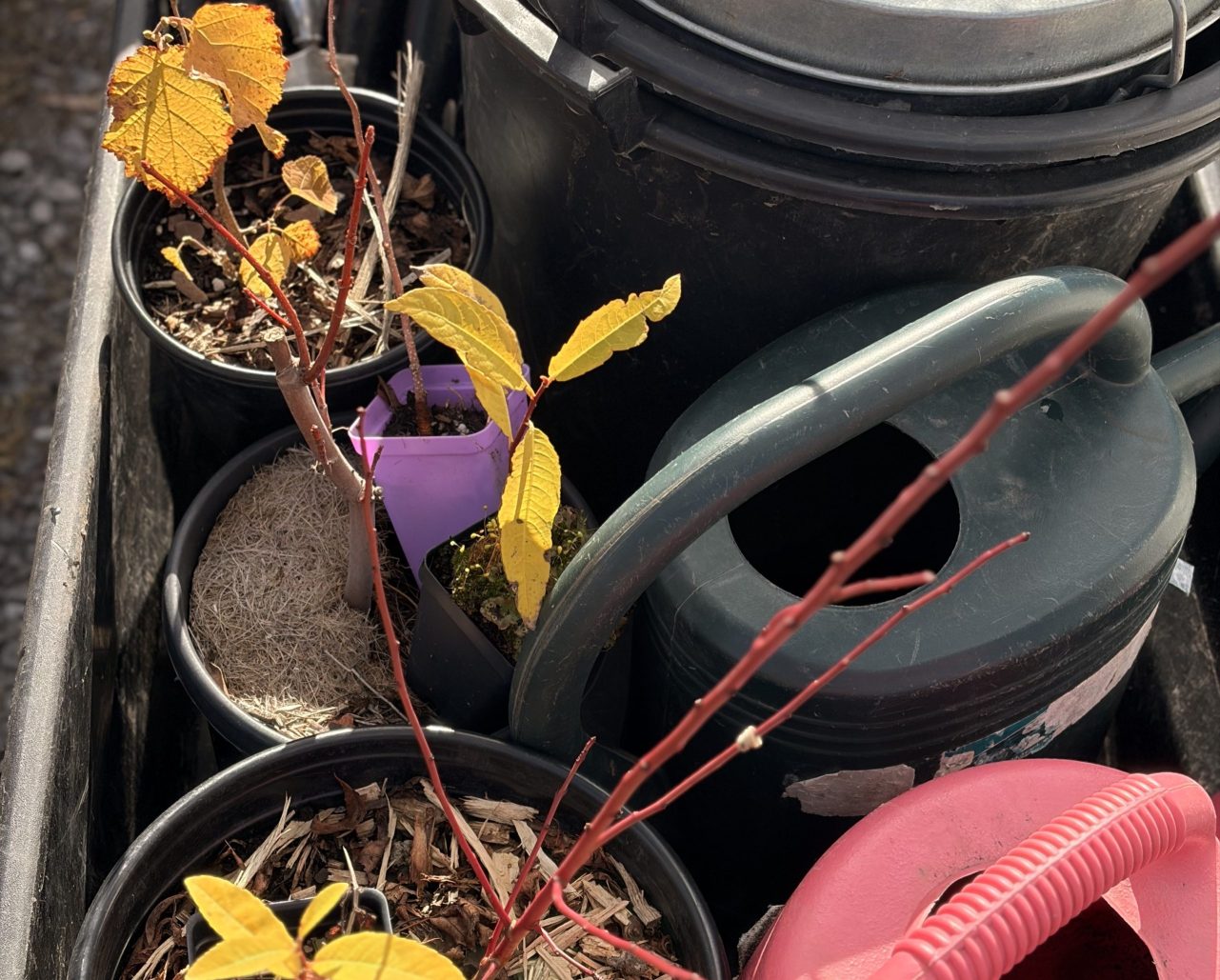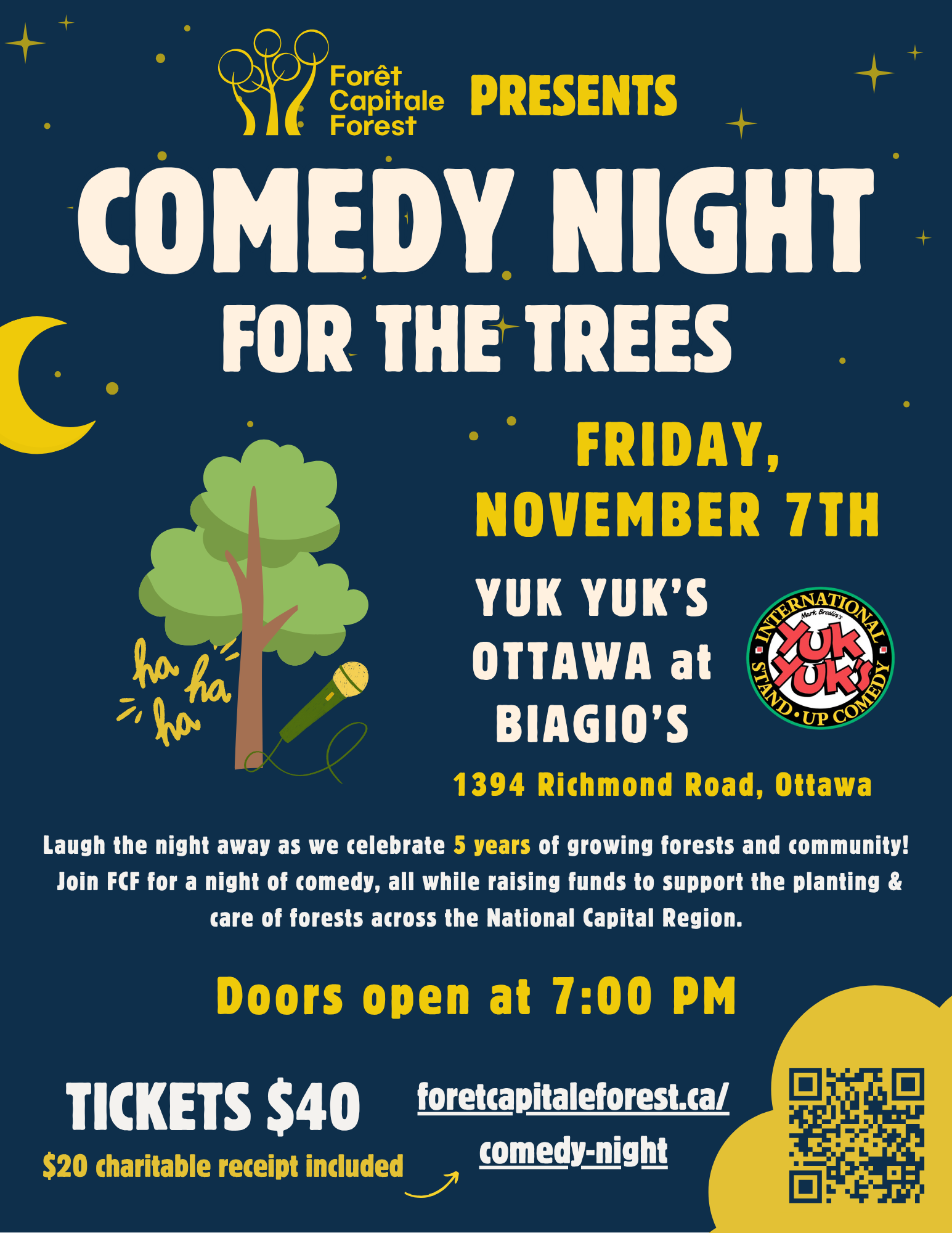Our mission is to increase the biodiversity and increase the number of trees planted in the National Capital region while connecting and engaging people to care for these new spaces. We specialize in afforestation on public lands in Ottawa, but also want to empower individuals to transform their spaces.
Our base of operations is located in Blackburn Hamlet at the Just Food Community Farm. We steward an area of land that includes a community food forest. We have tours and workshops throughout the year. Our most recent workshop, “A Practical Approach to Low-input Edible Landscapes“, was part of the Community Gardening Network series and showcased the Lawn Conversion sites we have established that demonstrate how to use your yard space as edible landscaping (food-bearing tree guilds).
A great group of participants came together for a whirlwind tour of such topics as:
- Site assessment
- Soil assessment
- Compaction / Drainage
- Micro-climates
- Sunlight
- Challenges / considerations
- Powerlines and Buried lines, (contact ontarioonecall.ca)
- Allowances and by-laws (see Front yard Edible Gardens)
- Species selection
- Hardiness zone
- Provenance of tree stock
- Species (disease-resistant cultivars, native and/or naturalized and avoid invasives)
- Tree Planting
- Planting potted stock
- Dig wide and not too deep
- First root flare level with the soil surface
- Root ball resting on undisturbed soil at the bottom of the hole
- No more than 25-30% amendments to the hole (leave 70-75% native soil)
- Mulch and water
- Planting potted stock
- Design exercise where we referred to a set of criteria and constraints in this Urban Food Forests document as our starting point.
Earlier in the year, we were fortunate to collaborate with Eco Echo on several events. They have produced some very helpful videos that summarize the key points from the events that they hosted. There are several that may be of particular interest for those thinking about edible landscapes and food-bearing trees. We enjoyed our winter visit for the “Care and Consideration for Food-bearing Trees” workshop and accompanying video.
Then for very much the opposite weather, a visit to a couple of food forest sites in sweltering summer heat. For inspiration and motivation and some degree of heat exhaustion, please also see “Planting a Food Forest” video.
The year is flying by and we are so glad for the opportunities for learning and sharing that we have been involved with so far (and we will endeavor to keep adding learning materials to our resource page for sharing). We look forward to many more opportunities, even as we head into our busy tree-planting period of September and October.



